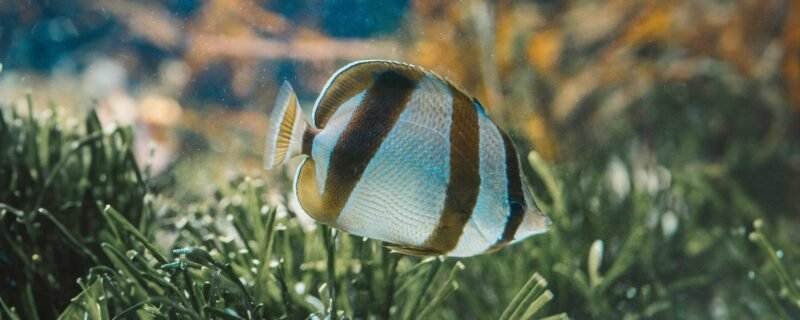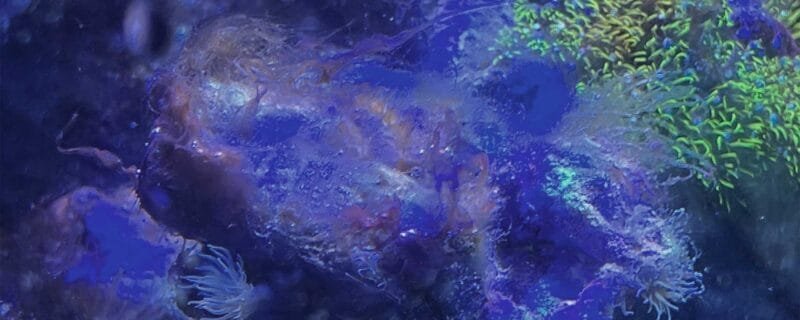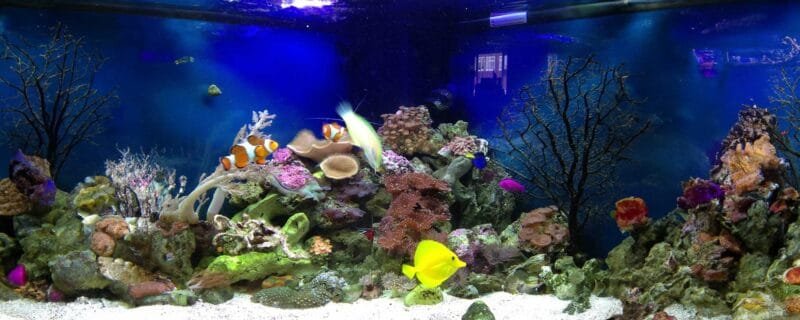The Enchanting Orange Clownfish (Amphiprion percula): A Dash of Sunshine for Your Aquarium
The Orange Clownfish, scientifically known as Amphiprion percula, is a vivacious marine species celebrated for its vibrant coloration and endearing behavior. Recognized as one of the iconic stars of the ocean, this charming fish has captured the hearts of aquarists worldwide. In this blog post, we’ll immerse ourselves in the world of the Orange Clownfish, exploring its habitat, suitability for community tanks, native range, dietary preferences, and more.
Habitat and Native Range
The Orange Clownfish is native to the warm waters of the Indo-Pacific, where it thrives amidst the sheltered tentacles of its symbiotic host, the sea anemone. Their natural habitat encompasses the coral reefs and lagoons of regions spanning from the eastern coast of Africa to the islands of the western Pacific Ocean. Within these vibrant ecosystems, Orange Clownfish seek refuge among the protective tentacles of sea anemones, forming unique mutualistic relationships.
Physical Characteristics
The Orange Clownfish is renowned for its distinctive appearance, featuring:
- A petite, oval-shaped body adorned with vivid orange coloration.
- Striking white stripes that extend across its body and face, with distinctive patterns unique to individuals.
- A modest size, typically reaching lengths of 3-4 inches (7.5-10 centimeters).
These endearing fish exhibit sexual dimorphism, with females generally being larger and having a more rounded body shape than males.
Suitability for Community Tanks
Orange Clownfish are excellent choices for community tanks due to their peaceful nature and fascinating interactions. Here are some important considerations:
- Tank Size: Provide a tank of at least 20-30 gallons (76-114 liters) to accommodate a pair of Orange Clownfish comfortably.
- Compatible Tankmates: They are generally compatible with a wide range of peaceful community fish and invertebrates, such as gobies, blennies, and small wrasses.
- Reef Compatibility: Orange Clownfish are reef-safe and won’t harm coral or other invertebrates. They can even help maintain their host anemone’s health.
Diet and Feeding Habits
Orange Clownfish are omnivorous and have a varied diet that includes:
- Zooplankton
- Algae and small bits of detritus
- Small crustaceans and invertebrates
In a home aquarium, replicate their natural diet by offering a mix of high-quality marine pellet or flake food, frozen or live brine shrimp, mysis shrimp, and enriched frozen preparations. Their diet should be balanced to ensure their nutritional needs are met.
Tank Requirements and Care
To create an ideal environment for your Orange Clownfish, consider the following tank requirements:
- Water Parameters: Maintain stable water conditions with temperatures between 72-78°F (22-26°C), a pH level of 8.1-8.4, and a specific gravity of 1.020-1.025.
- Aquascape: Incorporate live rock formations and offer a suitable host anemone (if desired). Orange Clownfish rely on their host anemone for shelter and protection.
- Pairing: Orange Clownfish are best kept in mated pairs, as they form strong bonds. When introducing a pair, select individuals of similar size.
Conclusion
In conclusion, the Orange Clownfish (Amphiprion percula) is a delightful and captivating addition to a community aquarium. Their vibrant coloration, engaging behavior, and compatibility with a variety of tankmates make them an excellent choice for aquarists of all levels. By providing a suitable environment and a well-rounded diet, you can bring a touch of sunshine and charm to your own aquatic world with these delightful marine treasures.
Photo by David Clode on Unsplash




